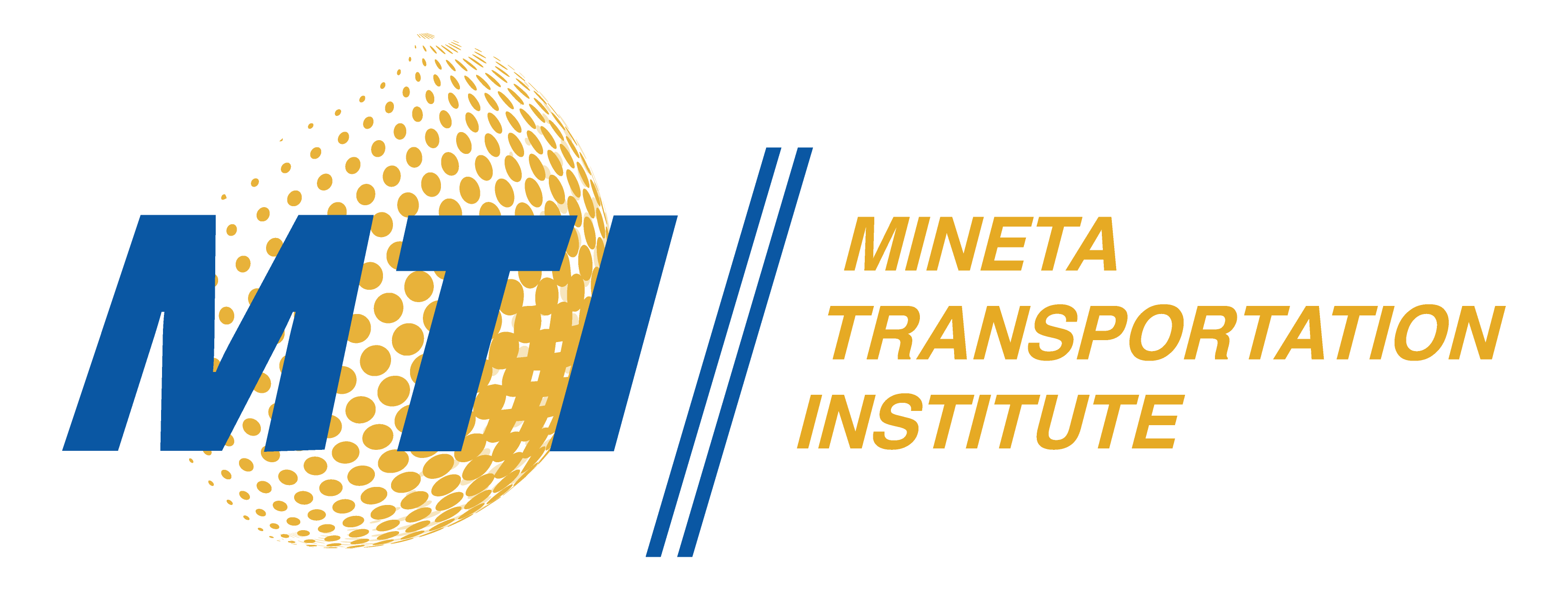Description
Investment in transportation infrastructure projects generates benefits, both direct and indirect. While emissions reductions, crash reductions, and travel time savings are prominent direct benefits, there are indirect benefits in the form of real estate enhancements that could pay off debt or loan incurred in the improvement of the infrastructure itself. Studies have shown that improvements associated with rail transportation (such as station upgrades) trigger an increase in the surrounding real estate values, increasing both the opportunity for monetary gains and, ultimately, property tax collections. There is plenty of available guidance that provides blueprints for benefits calculations for operational improvements in rail transportation. However, resources are quite limited in the analysis of benefits that accrue from the separation of railroad at-grade crossings. Understanding the impact of separation in a neighborhood with high employment or population could generate revenues through increased tax collections. In California, the research need is further amplified by a lack of guidance from the California Public Utilities Commission (CPUC) on at-grade crossing for separation based on revenue generated. There is a critical need to understand whether grade separation projects could impact neighboring real estate values that could potentially be used to fund such separations. With COVID-19, as current infrastructure spending in California is experiencing a reboot, an approach more oriented to benefits and costs for railroad at-grade separation should be explored. Thus, this research uses a robust benefits-to-cost analysis (BCA) to probe the economic impacts of railroad at-grade separation projects. The investigation is carried out across twelve railroad-highway at-grade crossings in California. These crossings are located at Francisquito Ave., Willowbrook/Rosa Parks Station, Sassafras St., Palm St., Civic Center Dr., L St., Spring St. (North), J St., E St., H St., Parkmoor West, and Nursery Ave. The authors found that a majority of the selected at-grade crossings analyzed accrue high benefits-to-cost (BC) ratios from travel time savings, safety improvements, emissions reductions, and potential revenue generated if property taxes are collected and used to fund such separation projects. The analysis shows that with the estimated BC ratios, the railroad crossing at Nursery Ave. in Fremont, Palm St. in San Diego, and H St. in Chula Vista could be ideal candidates for separation. The methodology presented in this research could serve as a handy reference for decision-makers selecting one or more at-grade crossings for the separation considering economic outputs and costs.
Publication Date
1-2021
Publication Type
Report
Topic
Transportation Finance
Digital Object Identifier
10.31979/mti.2020.1926
MTI Project
1926
Mineta Transportation Institute URL
Keywords
Railroad, At-grade crossing, Benefits, Delay, Safety, Emissions, Crossing
Disciplines
Transportation
Recommended Citation
Shailesh Chandra, Mehran Rahmani, Timothy Thai, Vivek Mishra, and Jacqueline Camacho. "Evaluating Financing Mechanisms and Economic Benefits to Fund Grade Separation Projects" Mineta Transportation Institute (2021). https://doi.org/10.31979/mti.2020.1926
Research Brief

